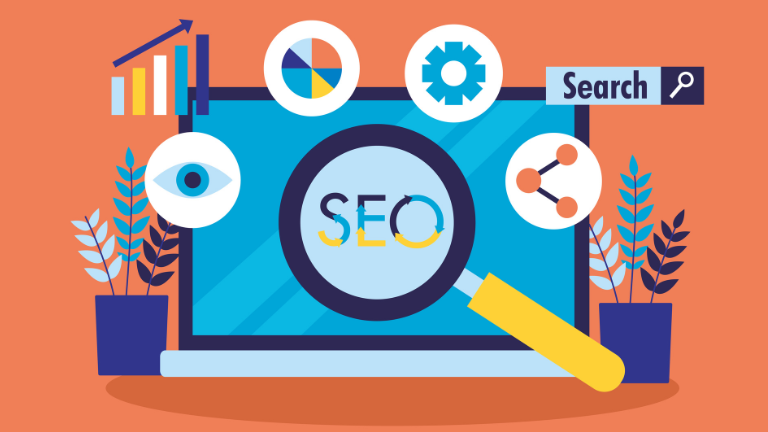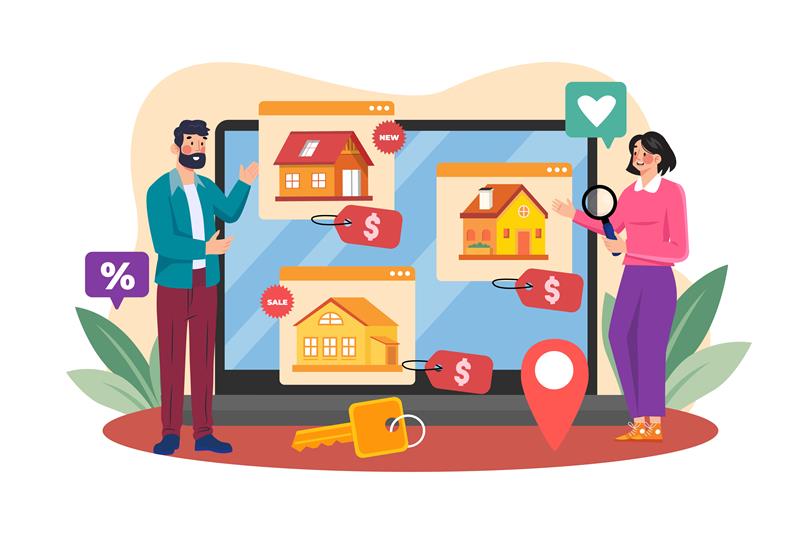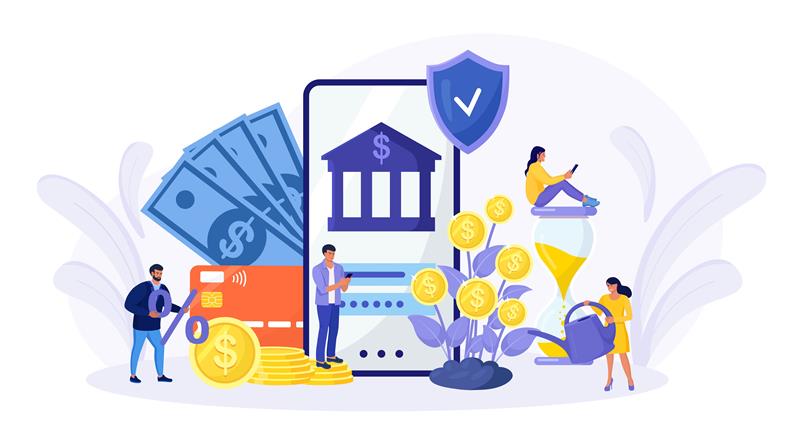The concept of “paid marketing” has evolved significantly over the years, especially with the growth of digital platforms. Paid advertising, in particular, has now become a crucial part of many businesses’ marketing strategies.
Paid marketing, also known as pay-per-click (PPC) advertising, has been an essential component of digital marketing for several years. It involves paying for ad space on search engines or social media platforms, with the goal of driving traffic and generating conversions.
In recent years, the future of paid marketing has become increasingly data-driven and automated, thanks to advances in artificial intelligence and machine learning. Advertisers are now using data and automation to create highly personalized ads, improve targeting, and optimize their campaigns in real-time
The Rise of Paid Marketing
The growing significance of mobile advertising is a crucial trend in the future of paid marketing. Advertisers must ensure that their campaigns are mobile-friendly because more consumers than ever before access the internet via mobile devices.
Additionally, the expansion of social commerce is changing paid marketing. Social media sites like Instagram, Facebook, and Pinterest are resembling e-commerce marketplaces by enabling companies to sell goods to customers directly. For advertisers, this offers a tremendous chance to reach new audiences and increase income.
New trends and predictions for the future of Paid Marketing
The world of paid advertising is constantly evolving, and as we move into the next five years, there are several predictions and trends that will shape the future of paid advertising. In this blog, we’ll take a closer look at these trends and explore what they mean for the future of this industry.
Increased Use of Artificial Intelligence (AI)
Artificial intelligence is rapidly changing the landscape of paid advertising. With the ability to analyze large amounts of data and make predictions about user behavior, AI can help advertisers target the right audience at the right time with the right message.
In the next five years, we can expect to see even more AI-powered advertising solutions, such as programmatic advertising, which automates the buying and selling of ad space. With the help of AI and ML, businesses can better understand their audience and target them more effectively. This means that advertising campaigns can be personalized and optimized for each individual user, leading to better engagement and conversion rates.
Greater Emphasis on Privacy
As consumers become more aware of the data being collected about them, we can expect to see a greater emphasis on privacy in the world of paid advertising. In response to this trend, advertisers will need to be more transparent about their data collection practices and provide users with more control over their personal information. We can also expect to see the development of new privacy-focused ad formats, such as contextual advertising, which serves ads based on the content of the webpage rather than user data.
Increased Focus on Mobile Advertising
Mobile devices are becoming increasingly important for advertisers, as more and more people use their smartphones to access the internet. In the next five years, we can expect to see a greater emphasis on mobile advertising, with advertisers developing new mobile-specific ad formats and strategies. This may include the use of location-based advertising, which targets users based on their physical location, and the development of new mobile-first advertising platforms.
Growing Importance of Video Advertising
Video advertising has been growing in popularity over the last few years, and this trend is set to continue in the next five years. As internet speeds continue to improve and video content becomes more prevalent, we can expect to see more advertisers using video ads to reach their target audience.
This may include development of new video ad formats, such as interactive ads that allow users to engage with the content in new ways. In the next five years, we can expect to see even more businesses investing in video advertising, as it has proven to be highly effective in capturing users’ attention and driving engagement.
Increased Use of Influencer Marketing
Influencer marketing has become an increasingly important part of the advertising landscape in recent years, and this trend is set to continue in the next five years. As social media continues to grow in popularity, we can expect to see more brands partnering with influencers to reach their target audience. This may include development of new influencer marketing platforms, as well as the use of new influencer marketing strategies, such as nano-influencer marketing, which targets influencers with smaller followings.
Increased Use of Chatbots
Chatbots have become increasingly popular in recent years, and we can expect to see even more businesses adopting them in the next five years. Chatbots can be used to provide users with personalized recommendations and help them navigate through the buying process, leading to a better user experience and higher conversion rates.
The Significant Changes
In conclusion, over the next five years, a lot will happen in the world of paid advertising. Businesses will be well-positioned to win in the fiercely competitive digital landscape if they remain on top of these trends and adopt new technology and techniques.
The world of sponsored advertising is expected to undergo major transformation during the next five years. These trends will influence the future of paid advertising and offer new chances for advertisers to reach their target audience. They range from the increased use of artificial intelligence and the rising importance of privacy to the focus on mobile and video advertising and the growing use of influencer marketing.
Overall, the future of sponsored advertising is promising and exciting. In this constantly changing environment, advertisers who embrace data, automation, mobile optimization, social commerce, and privacy rules will be most successful.












